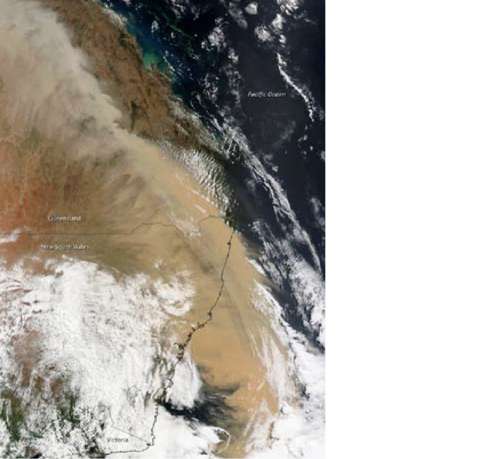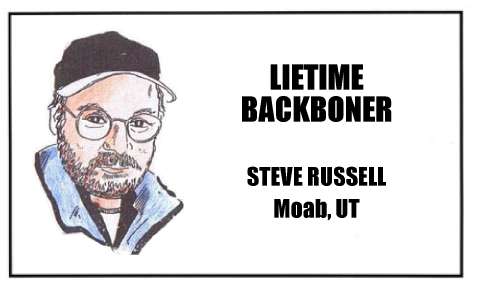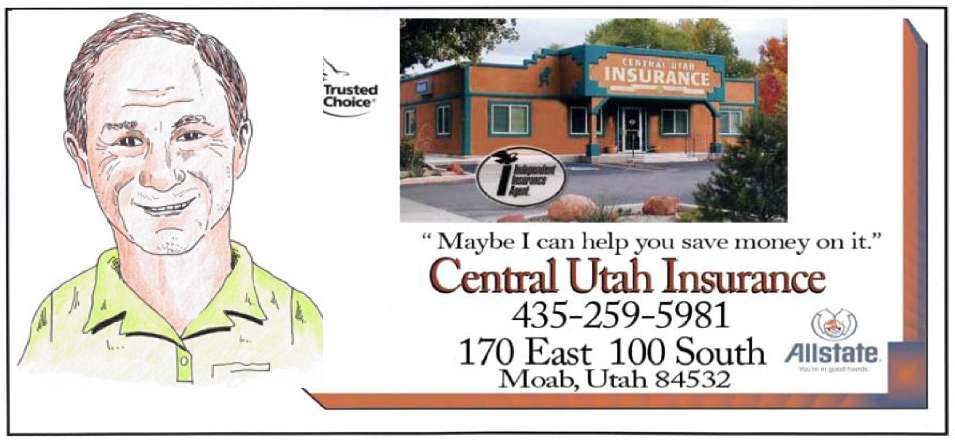
tling figures.
He
showed us that rapid storm flooding erodes and carries away
increasingly great quantities of soil and sediments. This material
inevitably must come to rest and displace the storage capacity of our
reservoirs. In the creation of reservoirs, he asked that same question
many of us today are asking. "When our reservoirs are filled with silt
what then?" The soil mantle he said was the natural reservoir for
water. Overgrazing destroys this protective mantle.
During
the past years, the cattle industry in Utah has gained great influence
and power. The question of the times - as it is today - was who should
control the public lands. Should grazing lands remain under federal
control and oversight? Cottam thought so. In any event, the
desertification of Utah continues. Cottam's
In
recognition of his work, in 1961, the Utah Legislature named the
University of Utah campus as the State Arboretum of Utah. This
1,500-acre arboretum is said to have over 9,000 specimens of trees and
shrubs collected from around the world. His collections, housed at the
University, include color slides of many varieties of plants, trees,
and flowers from varied locations in Utah and the West. And his papers,
ripe for research, contain years of collected news clippings, reports,
and correspondence.
Cottam
certainly had a great lasting influence on my life, much more than I
can relate here. And as I stroll even today to the peaceful Cottam's
Gulch, following a stone pathway leading to his treasured trees, I
still warmly feel its charm and tranquility. There I ponder on Walter
Cottam and the great legacy he left us. He was a man who tried to teach
us all - to both the faithful and unfaithful, the believers and
unbelievers - .the ecological principles he so wanted to pass on.

THE RECENT
AUSSIE DUST STORM
In this satelite
image of the east
coast of
Australia, an
unprecedented
dust storm, blowing
east from arid
rangelands to
the west
tured skies
blood-red and
in this photo,
the dust can be
seen extending
far out into the
Pacific Ocean...
A portent for
the American
Southwest?
References:
Cottam,
W. P. and George Stewart. 1940. Plant Succession as a Result of
Grazing and of Meadow Desiccation by Erosion Since Settlement in 1862.
Journal of Forestry 38: 613-626.
Cottam, W. P. 1947. Is Utah Sahara bound? University of Utah Bulletin 37: 40.
Martz,
Maxine, 1999. Why Hurry Through Heaven? A Biography — Memoir of Dr.
Walter P. Cottam, Red Butte Garden & Arboretum, University of Utah,
Salt Lake City, Utah
Internet Link
Red Butte Garden www.redbuttegarden.org

influence
has been tremendous and his accomplishments great. He left a
remarkable legacy. He was an environmentalist and ecologist of the
highest order.
He
founded the beautiful Red Butte Garden, a part of the University of
Utah, one of the largest botanical and ecological centers in the
Intermountain West. It has over 150 acres of gardens with walking paths
leading to them. Regional horticulture is displayed and interpreted.
And during the year the center promotes concerts, festivals, and nature
outings. A portrait of Walter Cottam, by master portraitist Alvin
Gittins hangs there. He founded the herbarias at the University of Utah
and at Brigham Young University. Hundred of thousands of herbaria
specimens are now available for research and study.

John Fogg
35